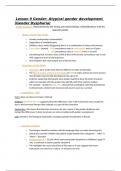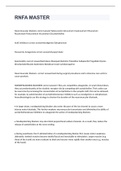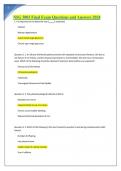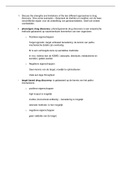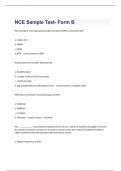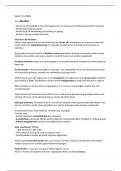Summary
Summary Literature Migrants and Integration - 2024
- Course
- Institution
In this summary I have added the mandatory literature of the course Migrants and Integration for 2024. I've tried to summarize every article in max. 2 pages. It includes the next articles: Czaika, M., & De Haas, H. (2013). The effectiveness of immigration policies. Population and Development Revi...
[Show more]





